BLACK fungus is now emerging as a new concern in Covid-battered India as at least nine Indian states have now declared the disease as an epidemic.
The cities of New Delhi, Mumbai, Ahmedabad, and Bangalore have opened special wards to treat black fungus patients.
The Union Health Ministry on Thursday (20) urged the states to make mucormycosis, commonly known as black fungus, a notifiable disease under the Epidemic Diseases Act 1897 under which the states will have to report all confirmed or suspected cases of this condition to the health ministry.
“All government and private health facilities, medical colleges to follow guidelines for screening, diagnosis, management of mucormycosis, issued by MoHFW and ICMR,” the ministry said.
The government reportedly has also alerted the state authorities to keep the teams of reconstruction and general surgeons as well as ENT specialists ready to treat the expected growing number of sufferers.
The disease was first reported in Maharashtra among Covid-19 patients. However, the cases are now getting reported from Telangana, Uttarakhand, Delhi, Bihar, and other states as well.
Otherwise a rare disease, the black fungus appears to be on the spike this year. India used to deal with just 20 cases a year but now there are several thousand across the country including more than 2,000 in Maharashtra state.
Medical experts say that the cases are seen more among Covid-19 patients who have weak immune systems due to uncontrolled diabetes, use of steroids and prolonged ICU stay. They also feel that the rare fungal disease is only going to increase in the days to come.
The disease is known to be highly aggressive and surgeons in a few cases have to remove patients' eyes to stop it from reaching the brain. The death rate of black fungus is over 50 percent.
Another fungal infection, white fungus, has been reported in Bihar and is said to be more dangerous than black fungus. This infection can be caused when low immunity people come in contact with things that contain these molds.
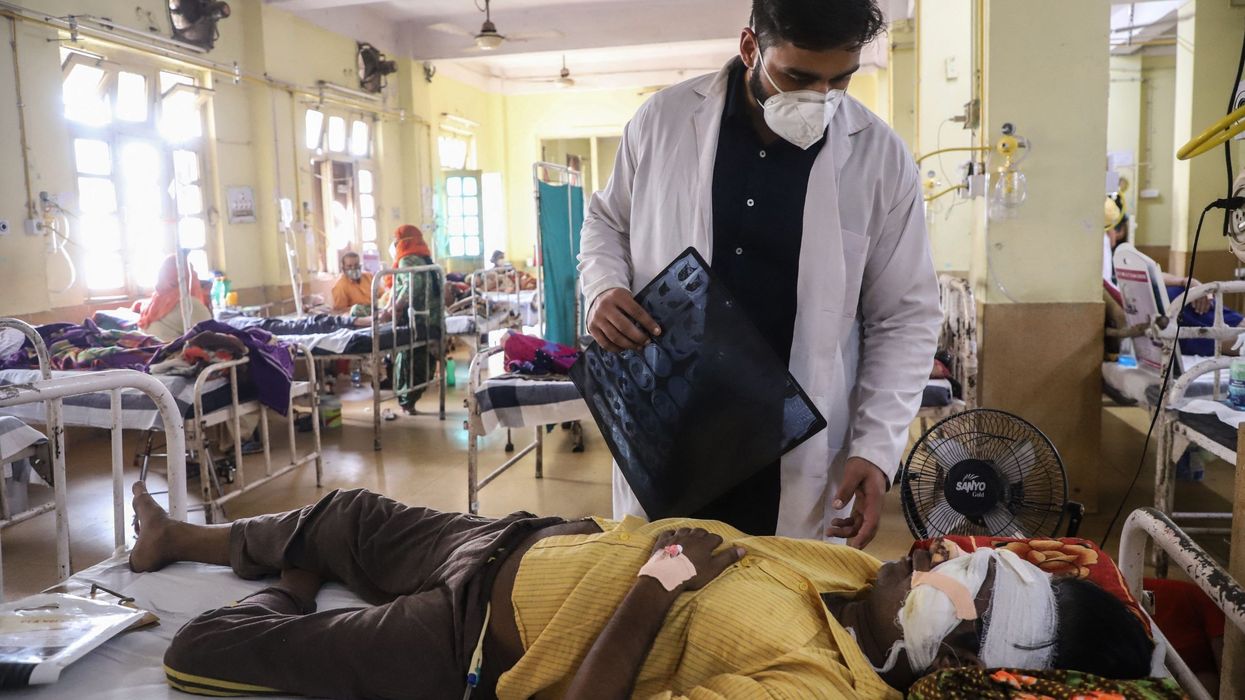




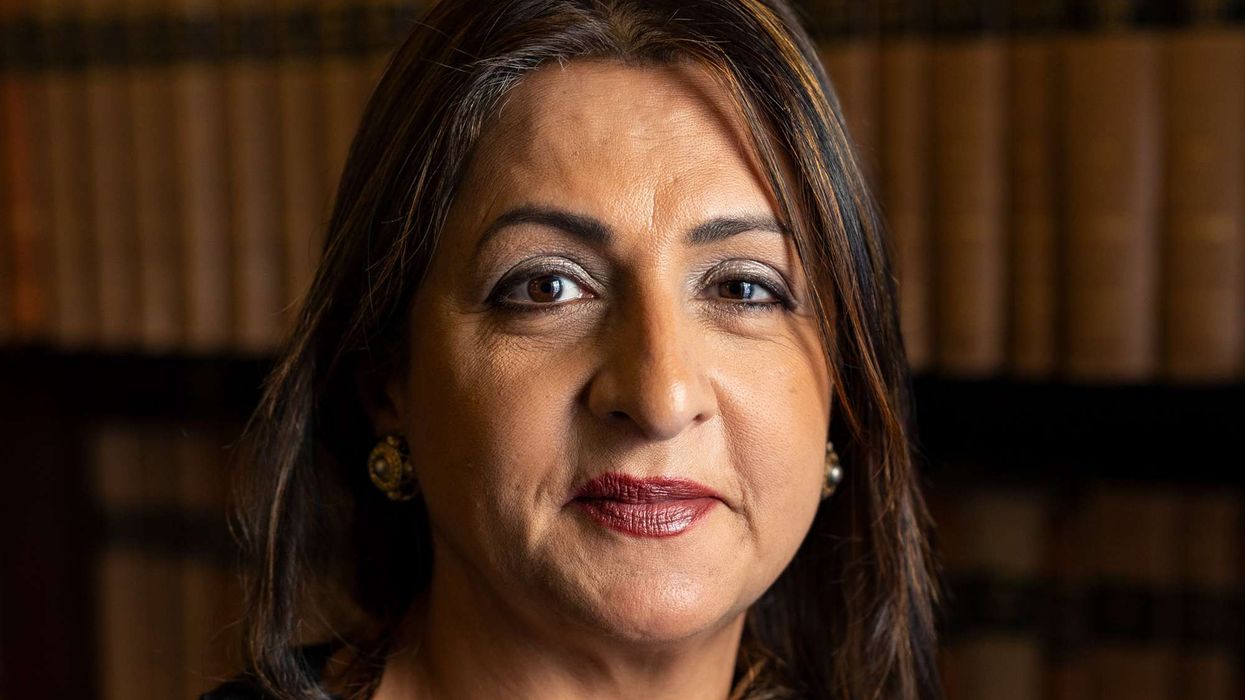
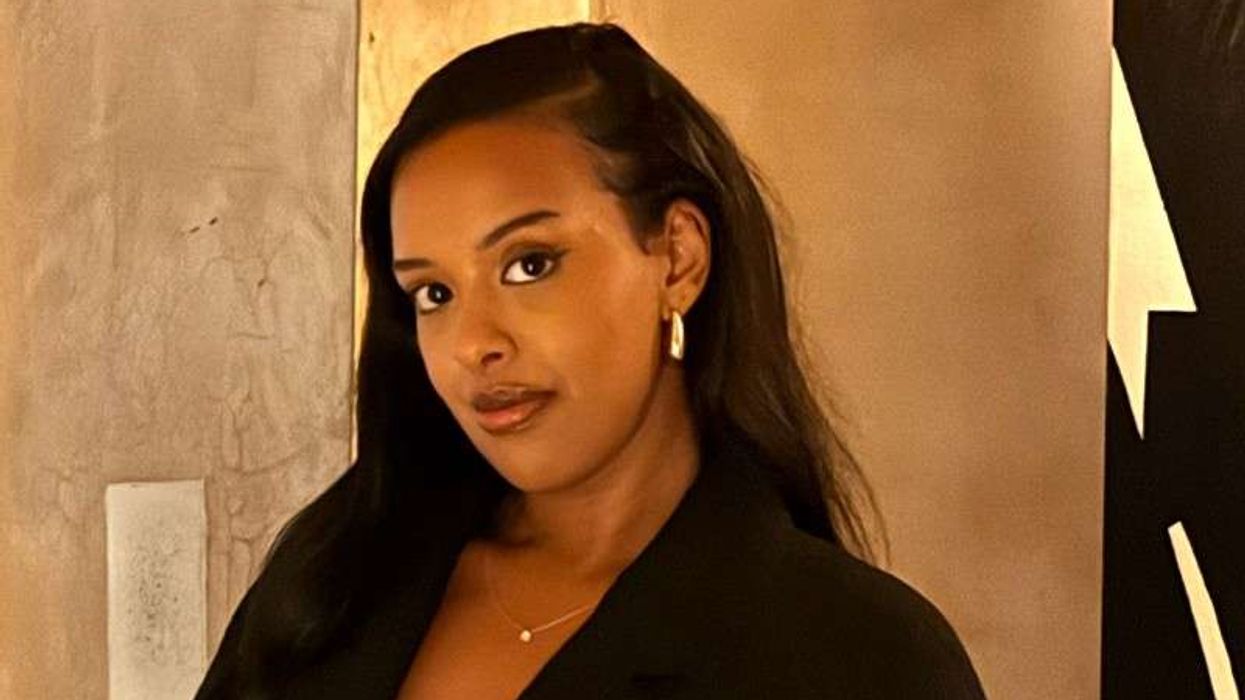 Nasima Abukar
Nasima Abukar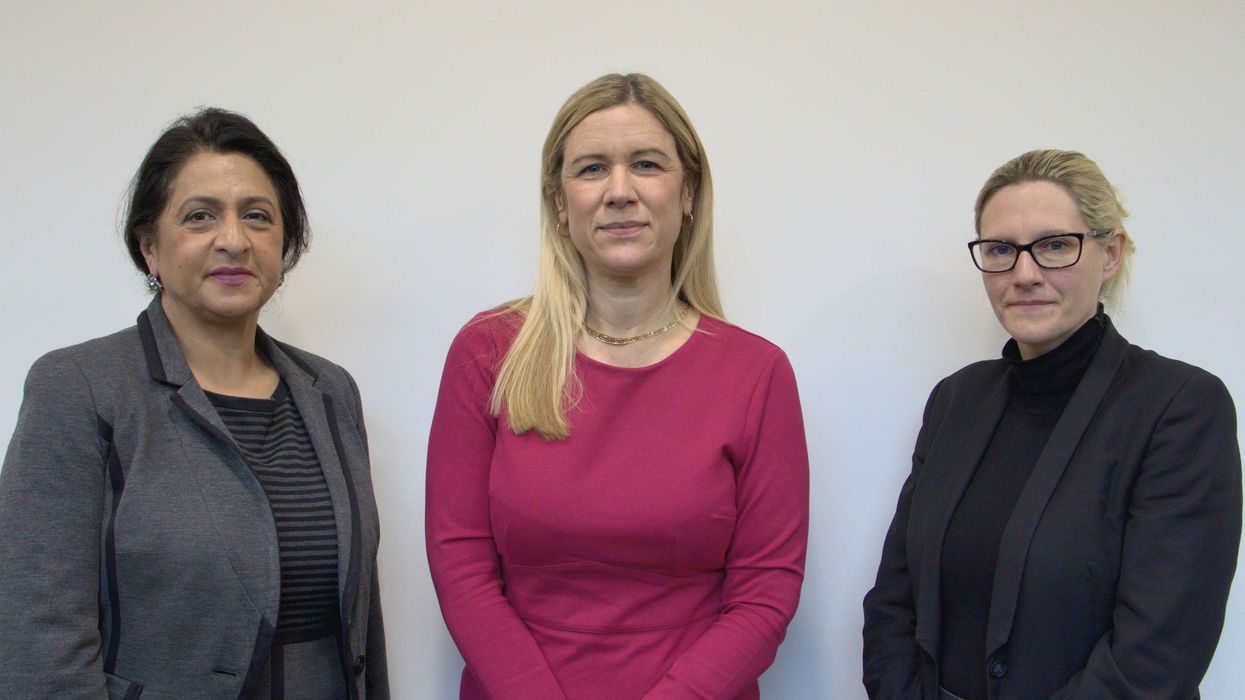 Narwal, Ellie Reeves MP and Emma James
Narwal, Ellie Reeves MP and Emma James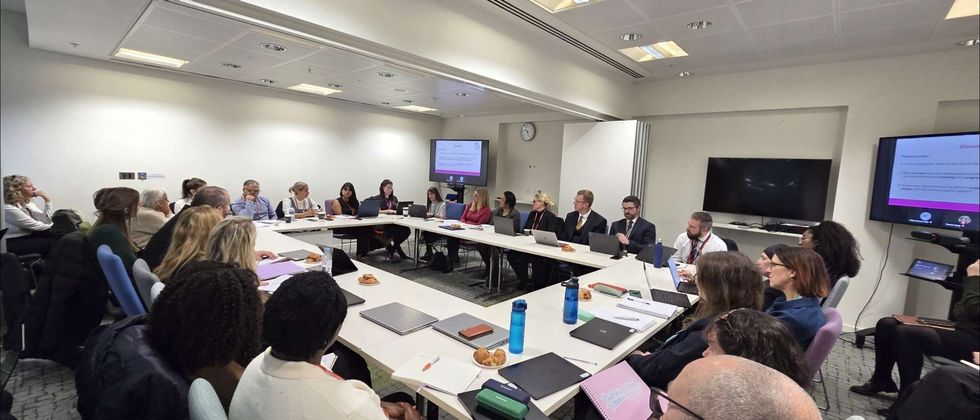 The first national honour-based abuse scrutiny panel held last Tuesday (9)
The first national honour-based abuse scrutiny panel held last Tuesday (9)






